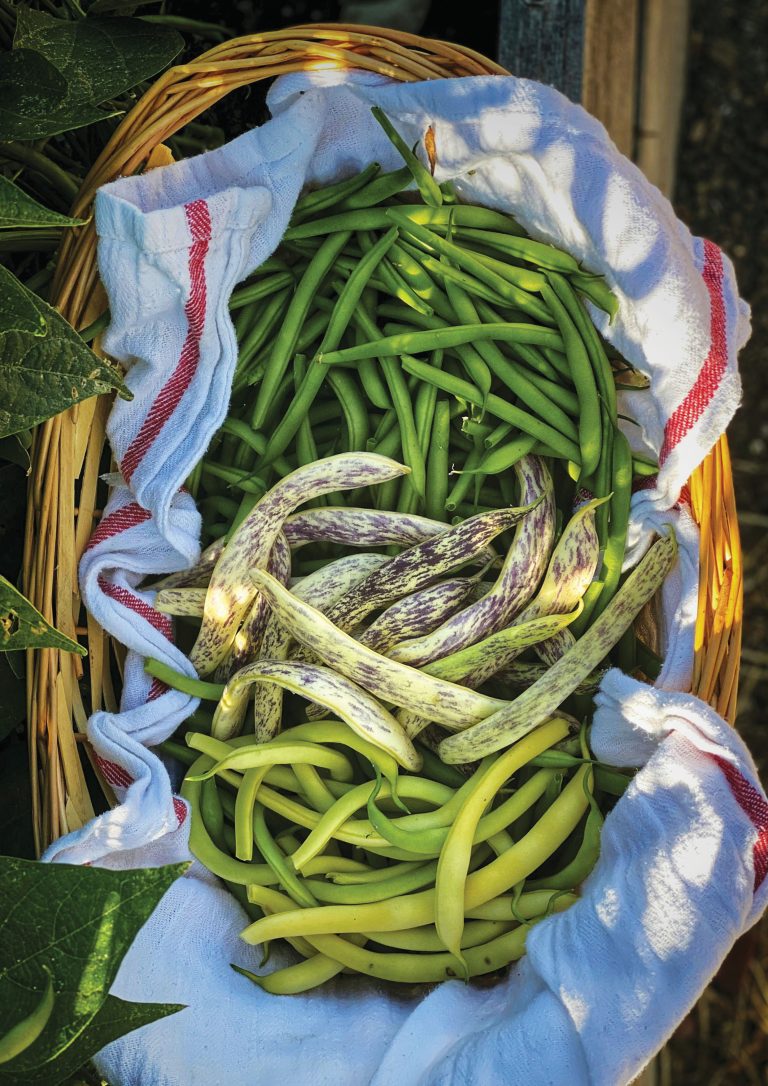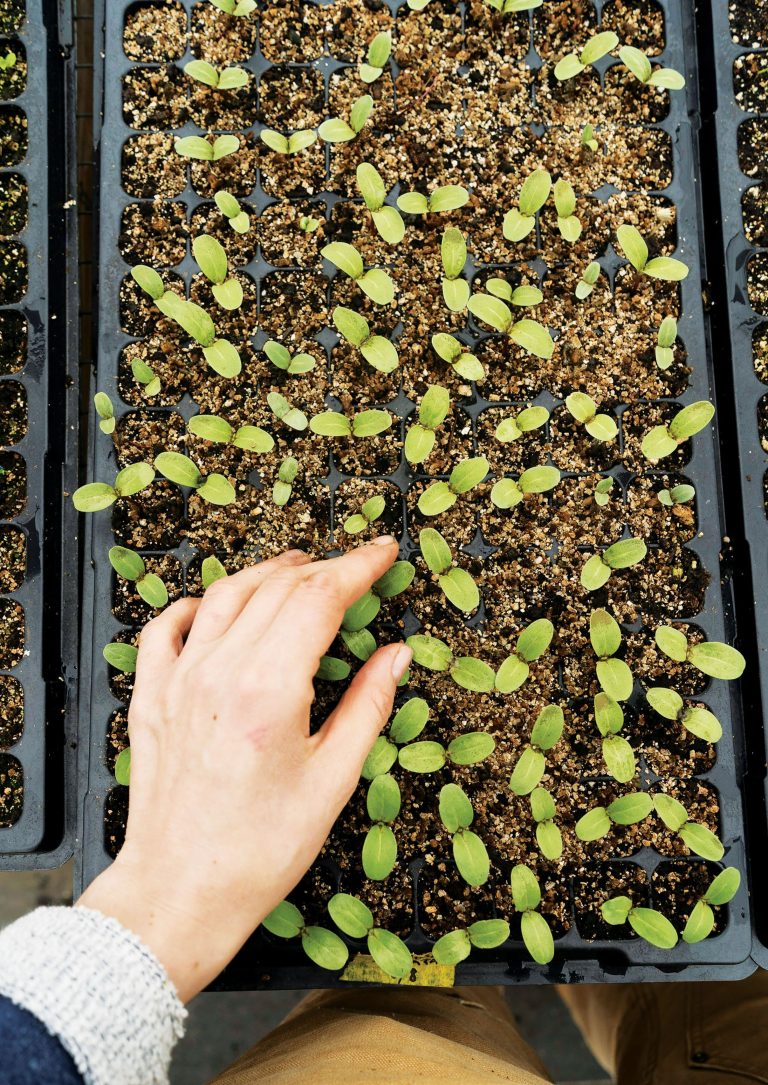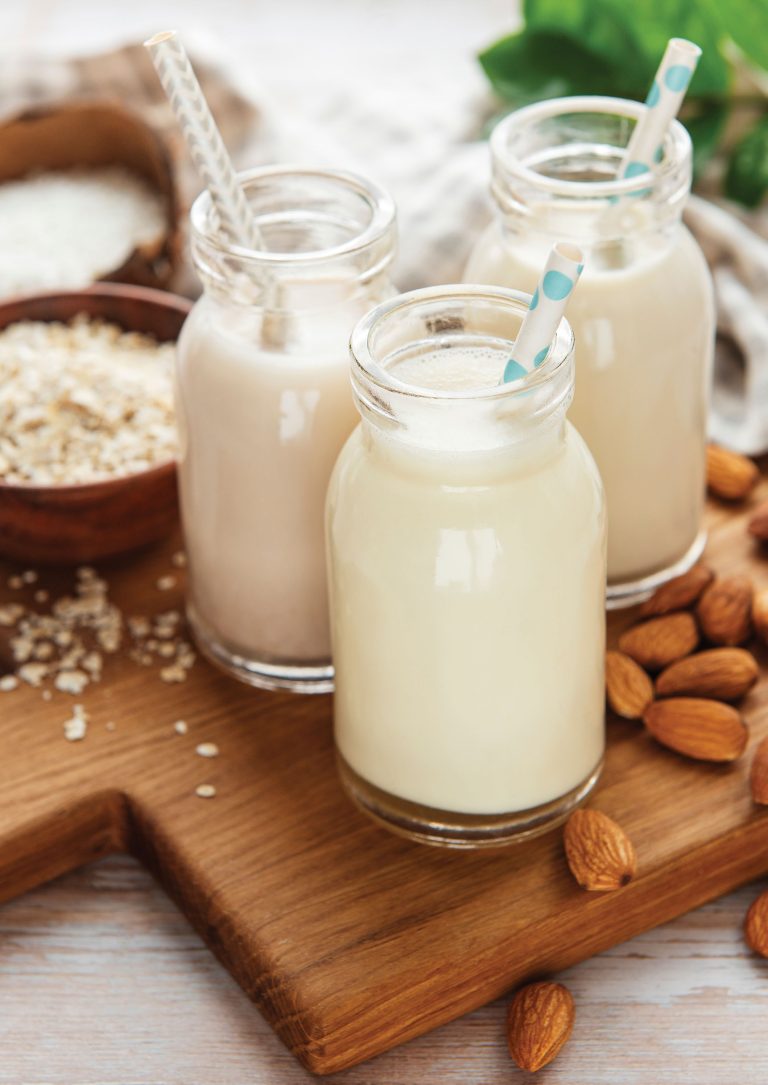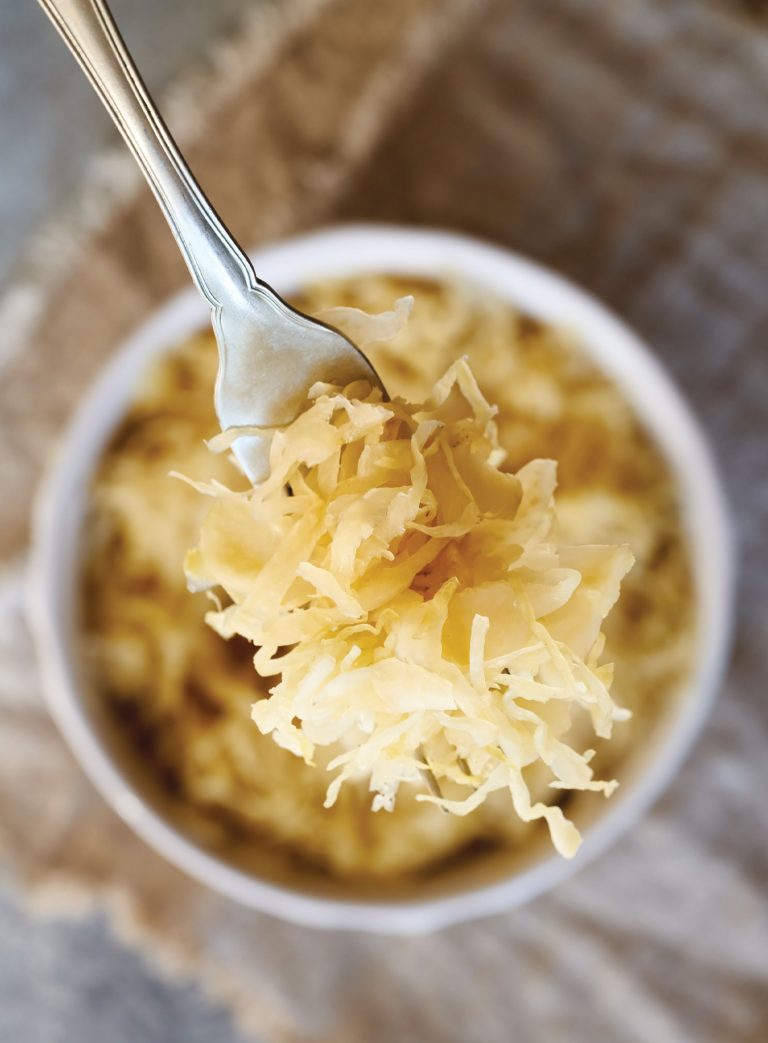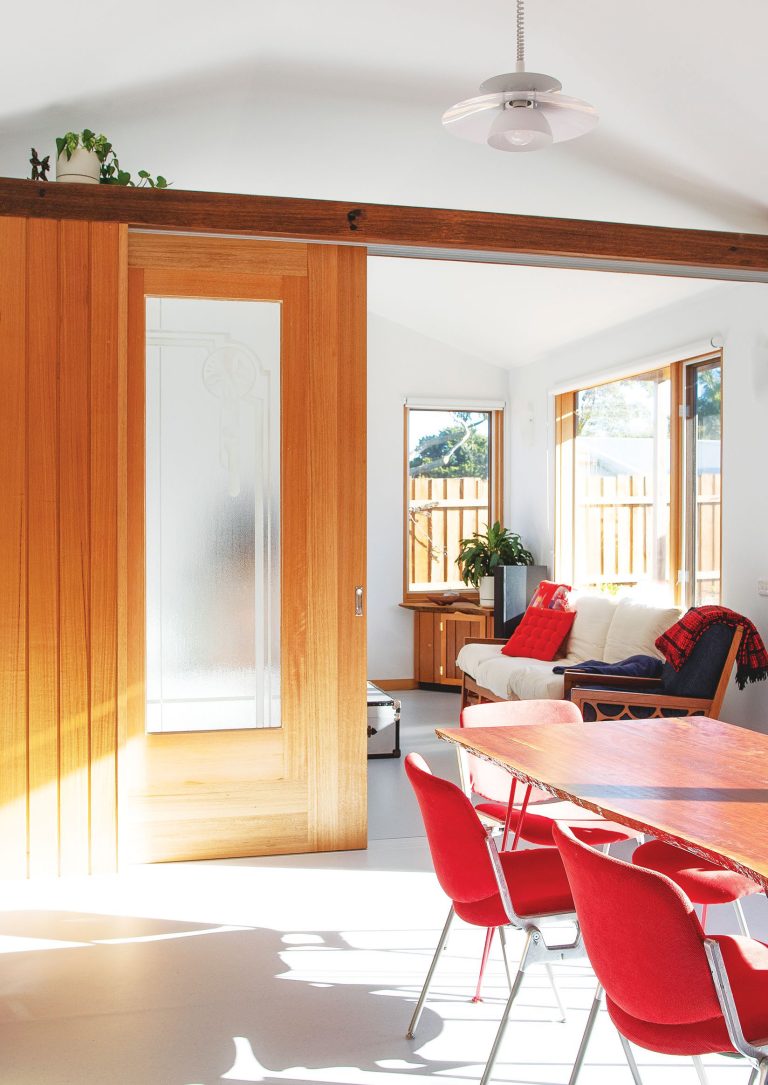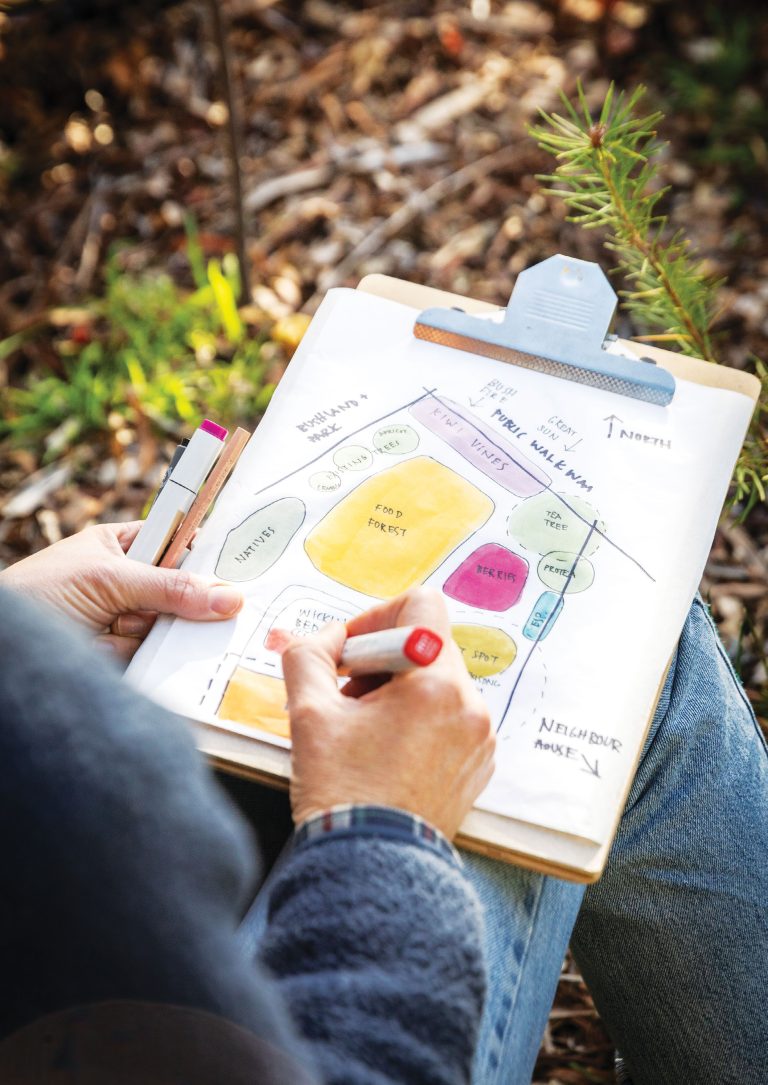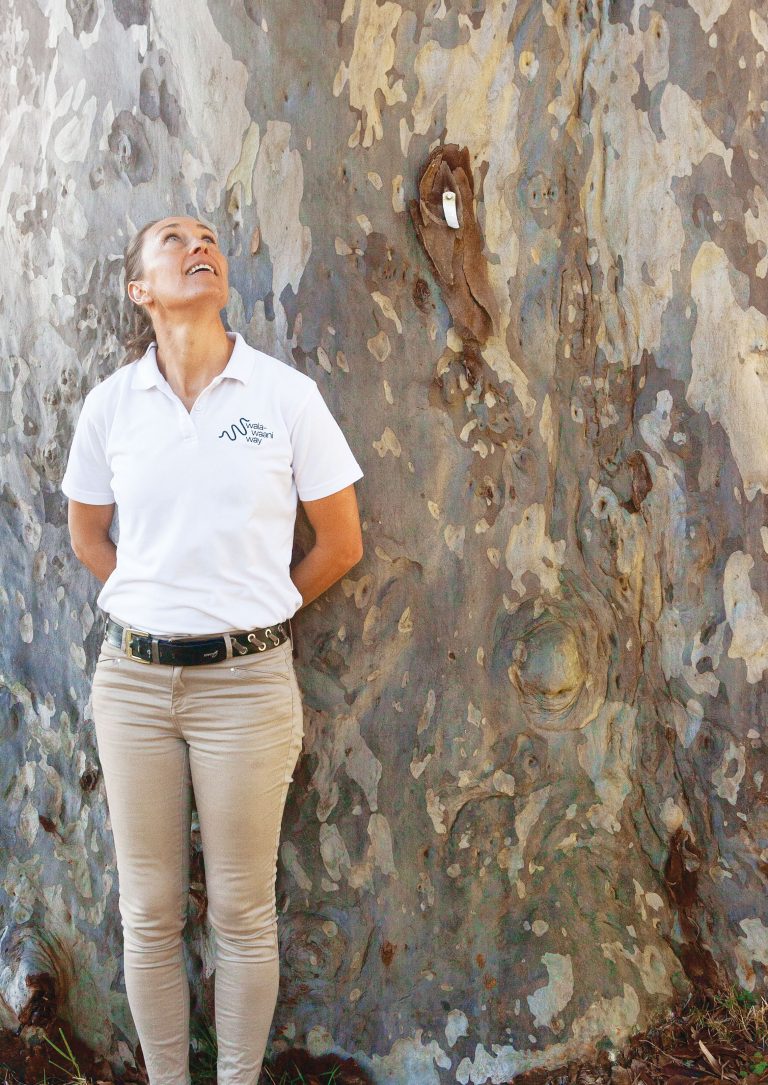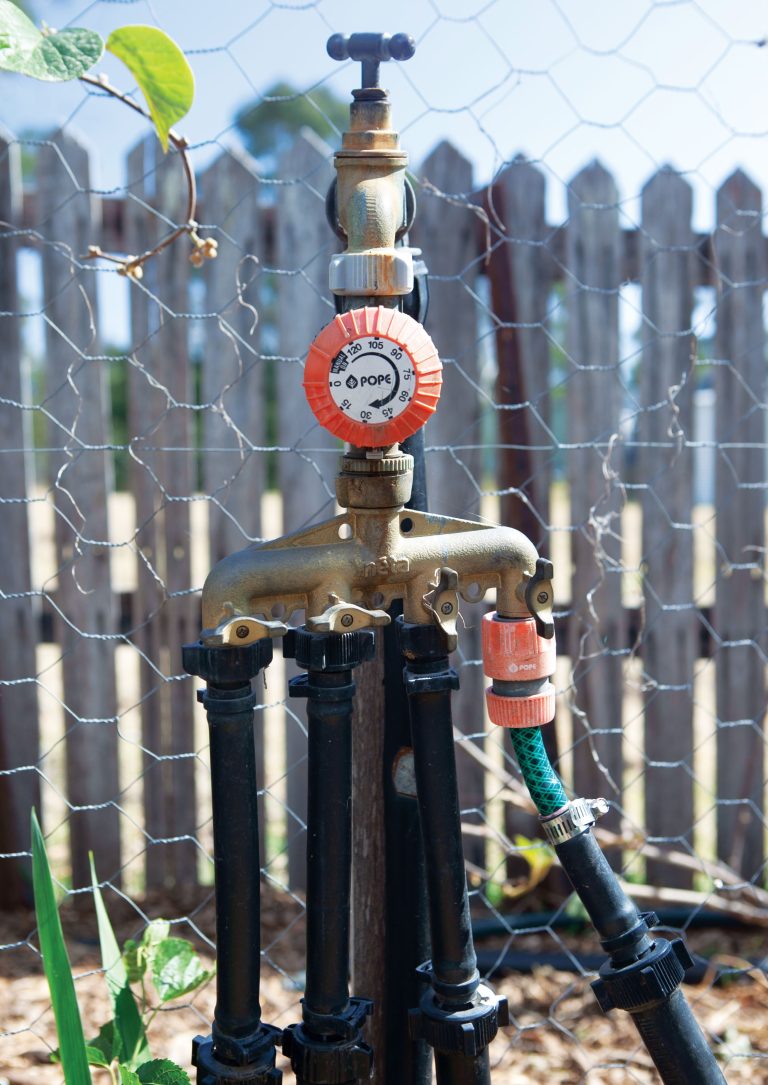Issue 33 Flipbook
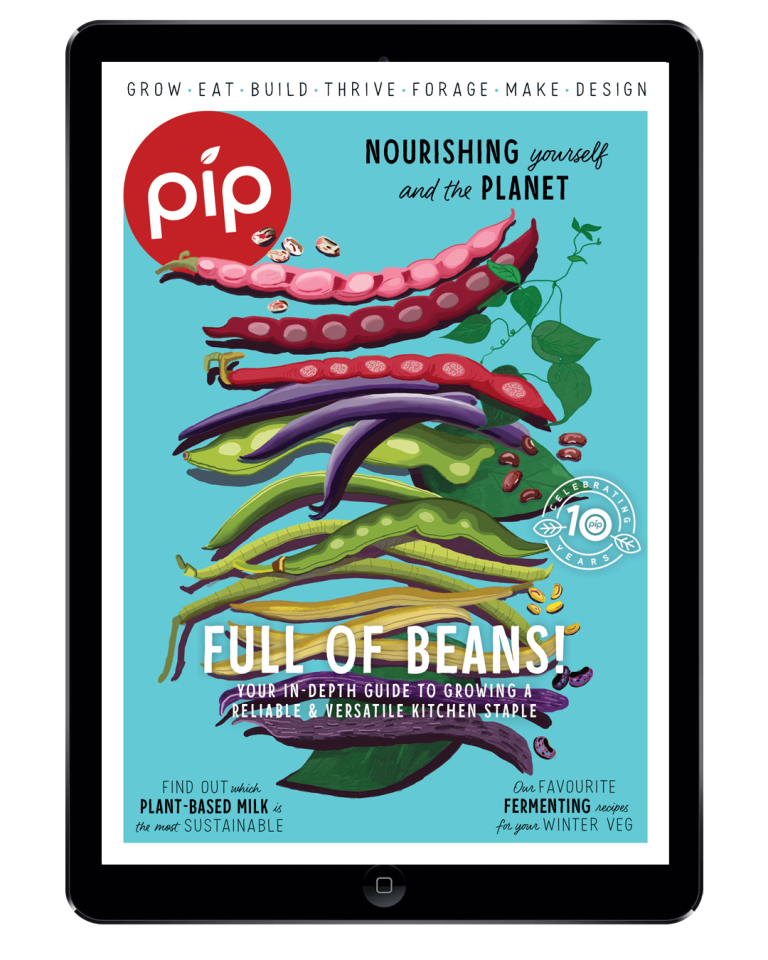

The soil is beginning to warm up, spring it on its way and Issue 33 of Pip is packed full of inspiration information to prepare you for the season ahead.
As well as an in-depth guide to growing a bumper crop of beans and a deep dive into giving your seedlings the best start, we look to the rising trend of plant-based milks and find out which ones are the most sustainable to produce as well as the ones which offering is the most nutrition.
You’ll learn delicious ways to ferment the last of your winter harvest, take a tour through a low-tox home built with recycled materials, and meet a woman who’s spent the best part of decade setting up Australia’s first 100 percent natural burial ground.
As well as learning that patience and observation are key in designing your dream garden, we’ll introduce you to an enterprise growing futures as well as food, give you some tools to reconnect with joy, nature and community, as well as a stack of practical advice around irrigation, saving seeds and how to incorporate habitat into your garden.

